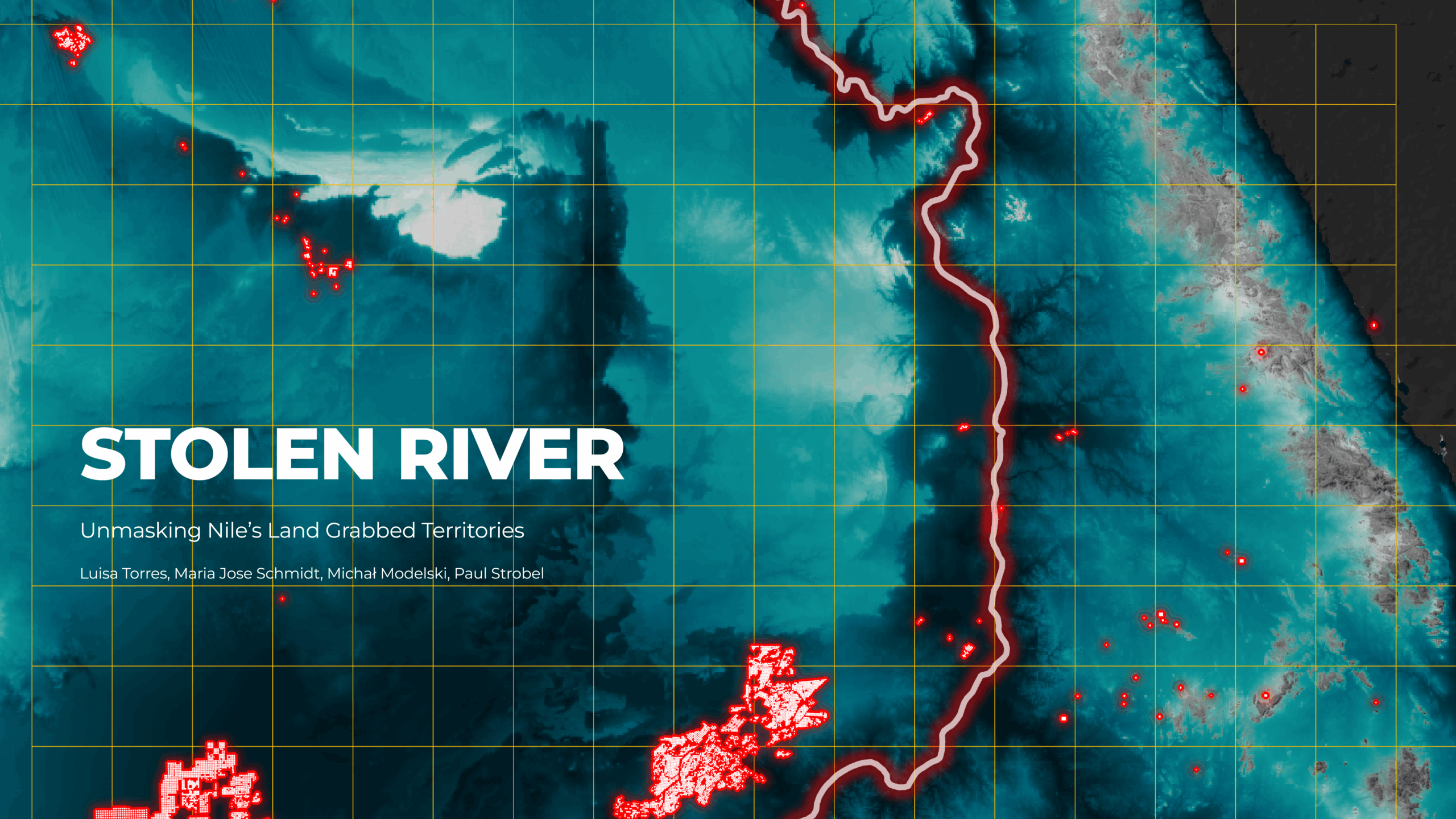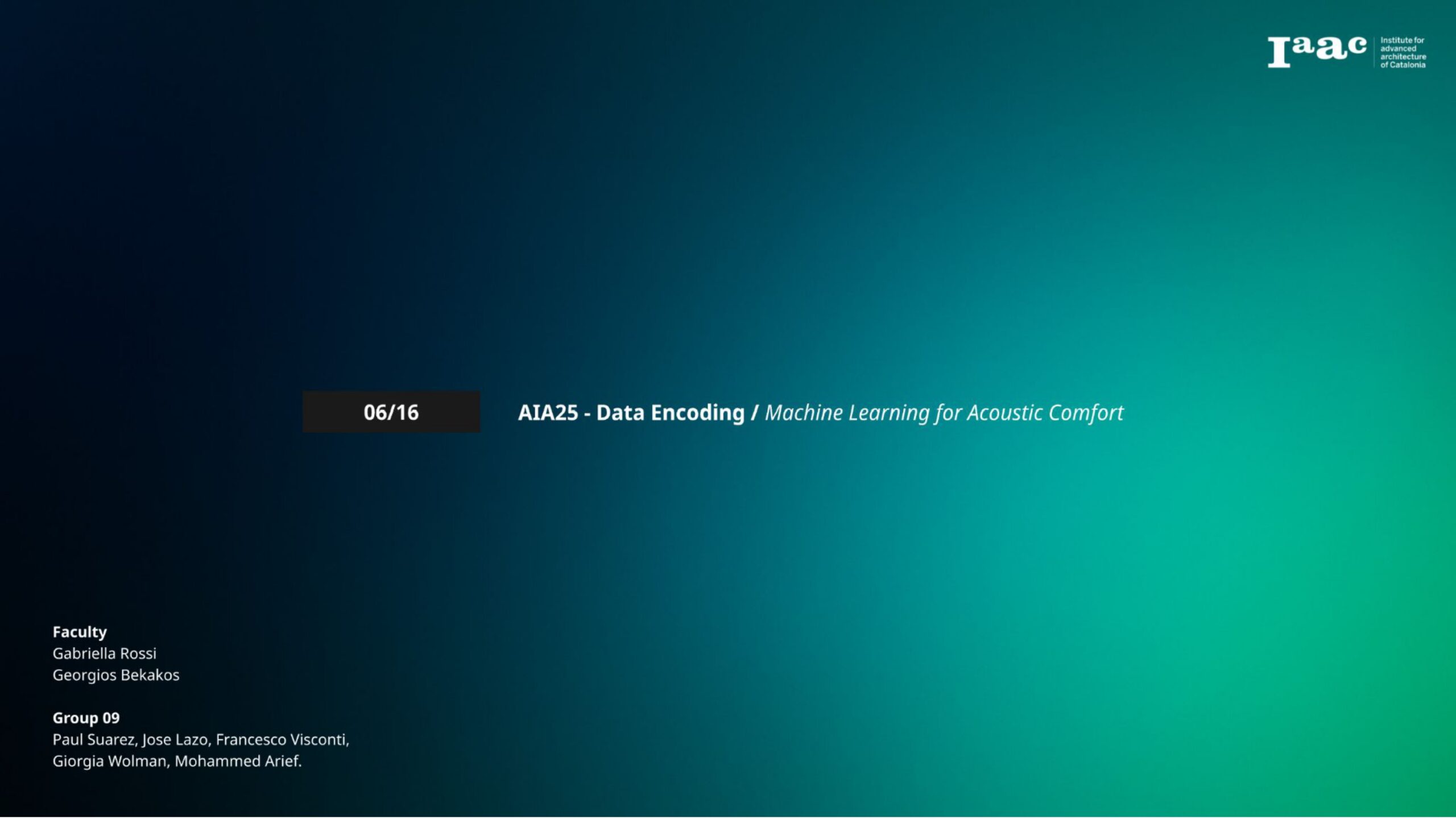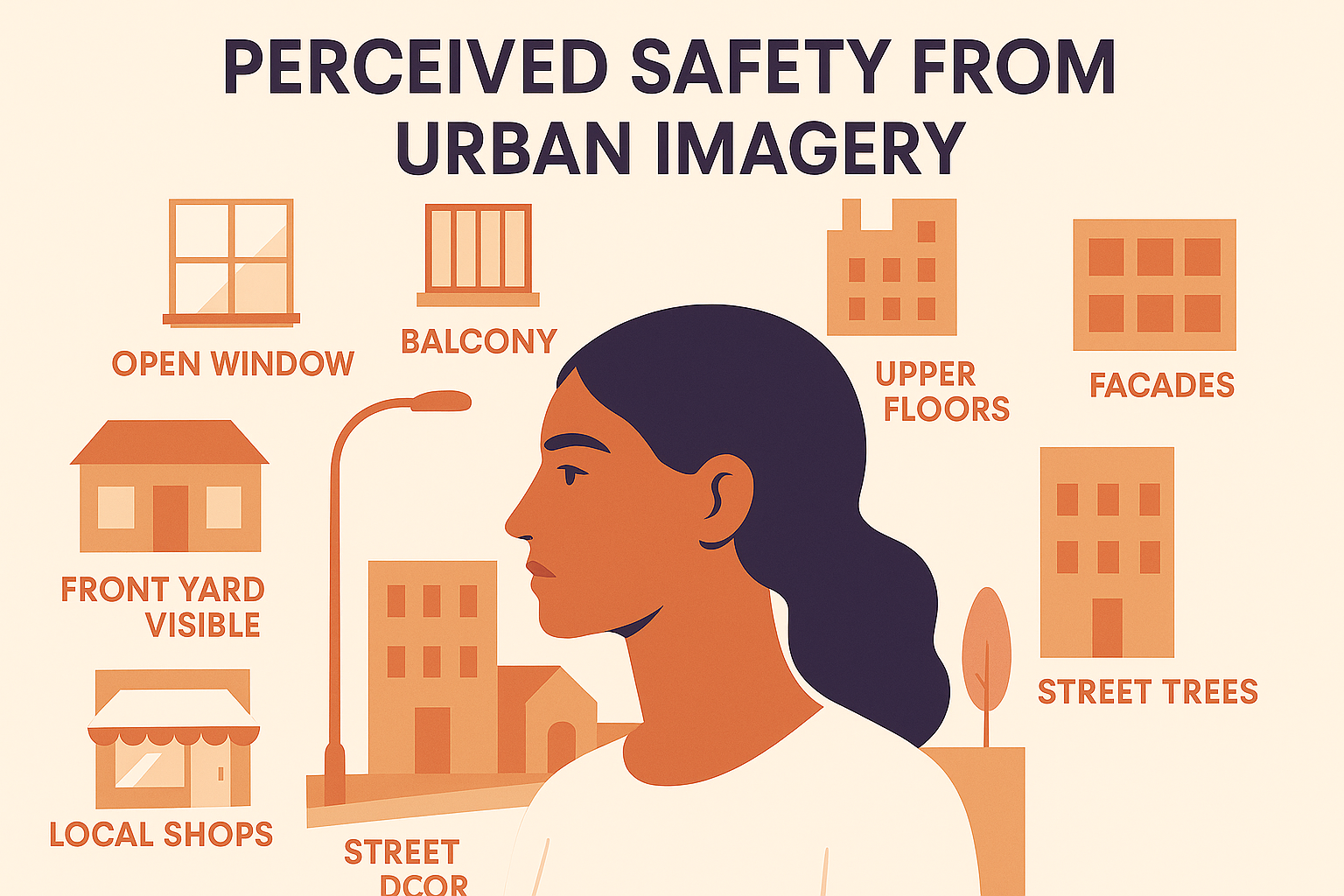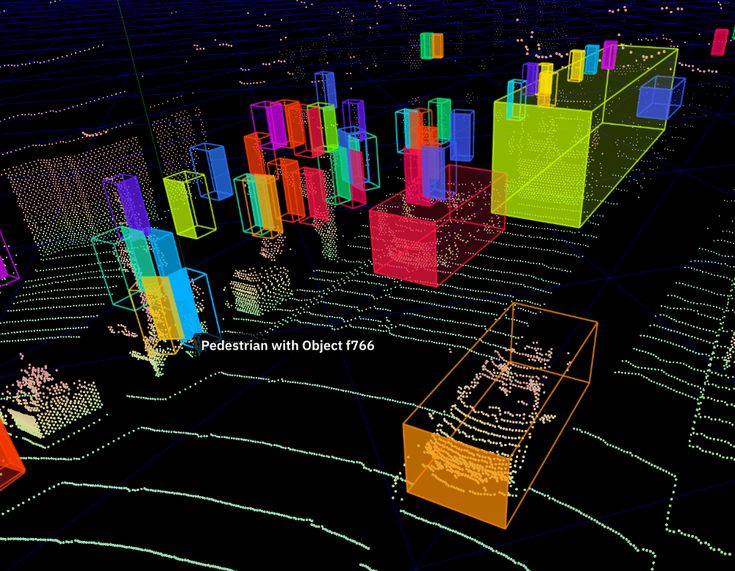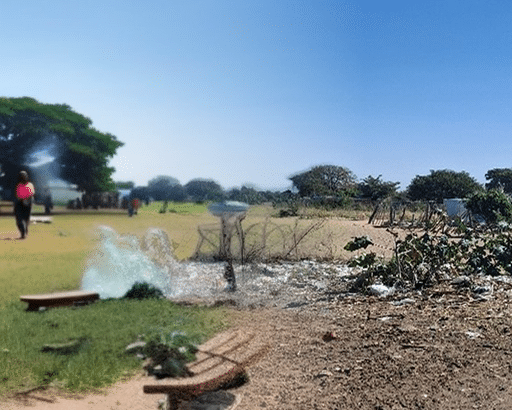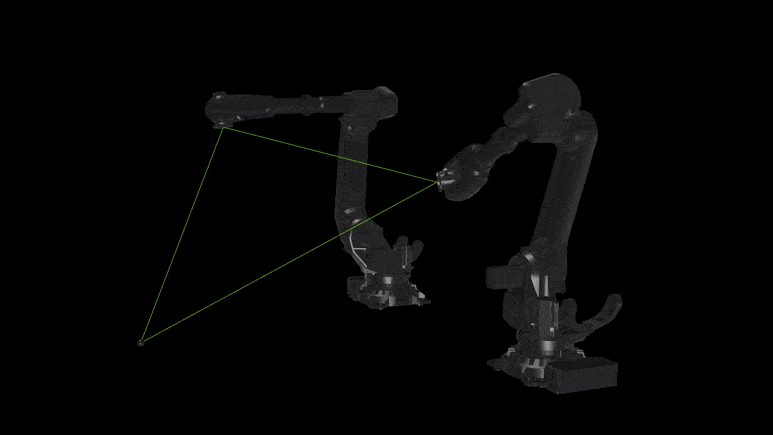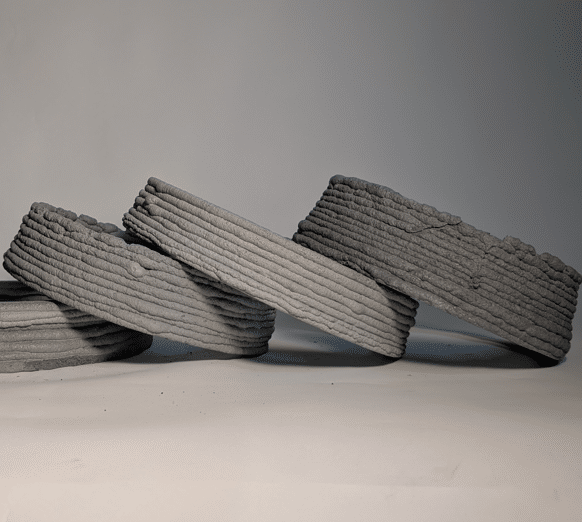STOLEN RIVER: Unmasking Nile’s Land Grabbed Territories
This research began with one of the most basic human motivation: curiosity. Looking at satellite imagery, we noticed strange, perfect green circles along the desert landscape. What are they? Why are they there? And what do they mean? Along this blogpost, key concepts will be explained , along to the reason of why we choose … Read more

